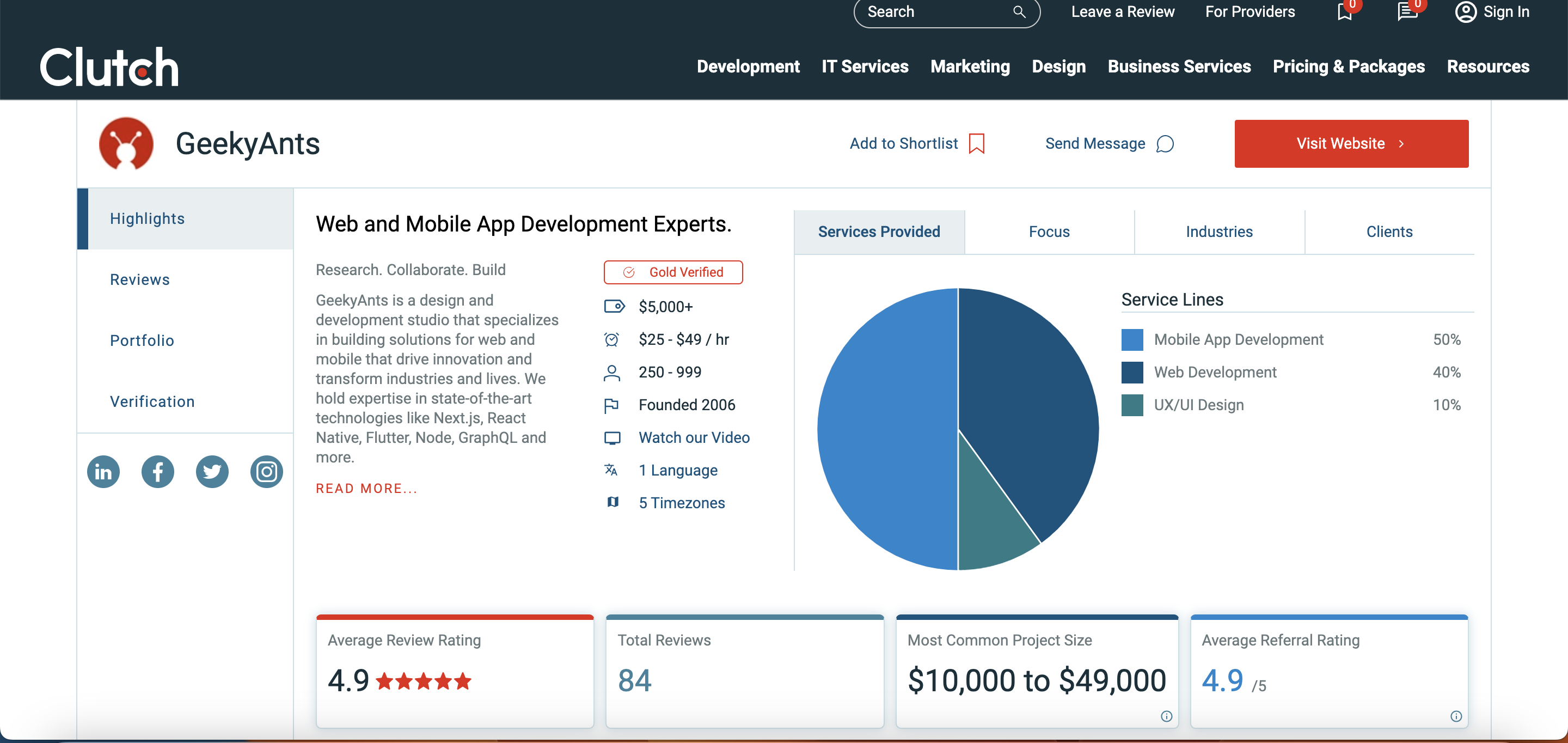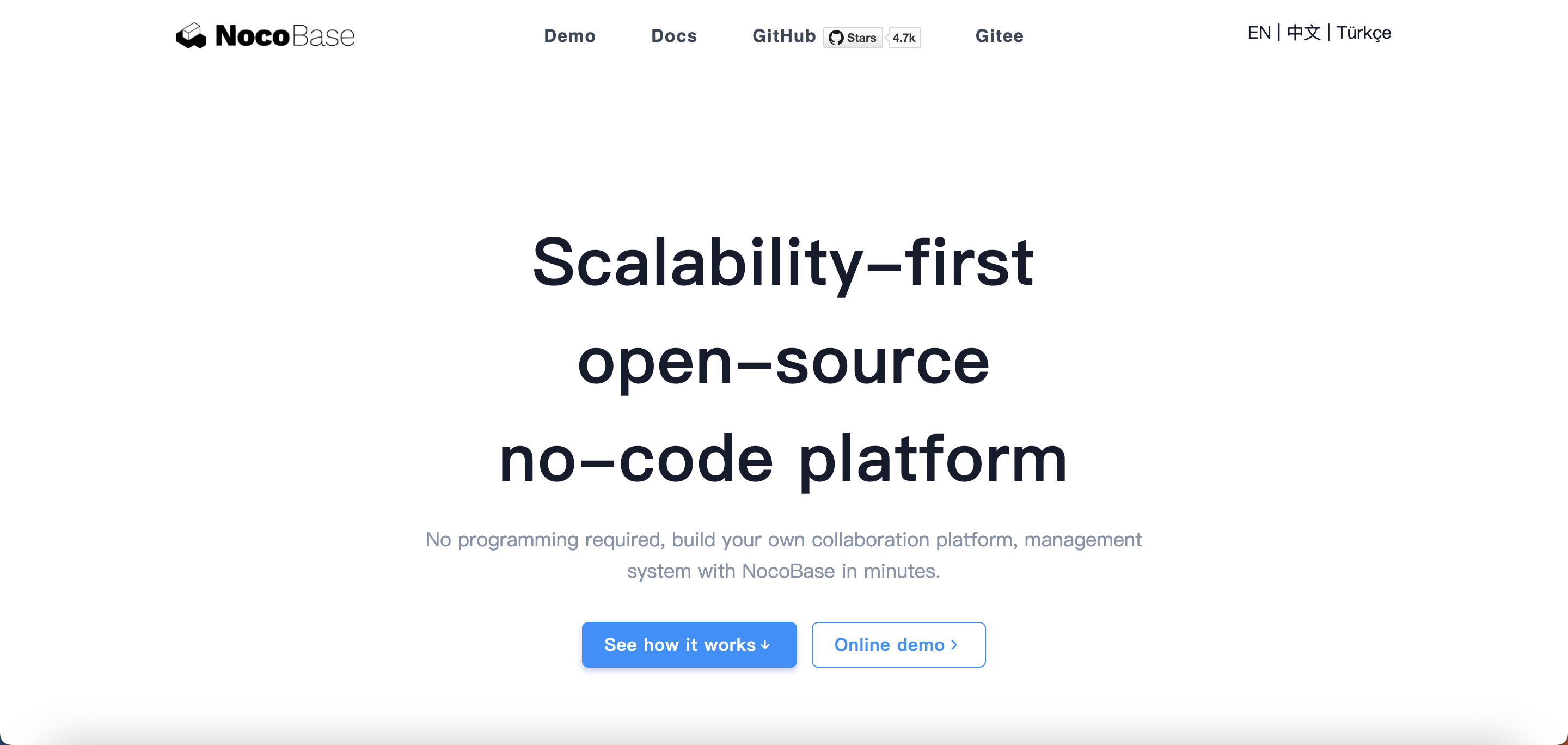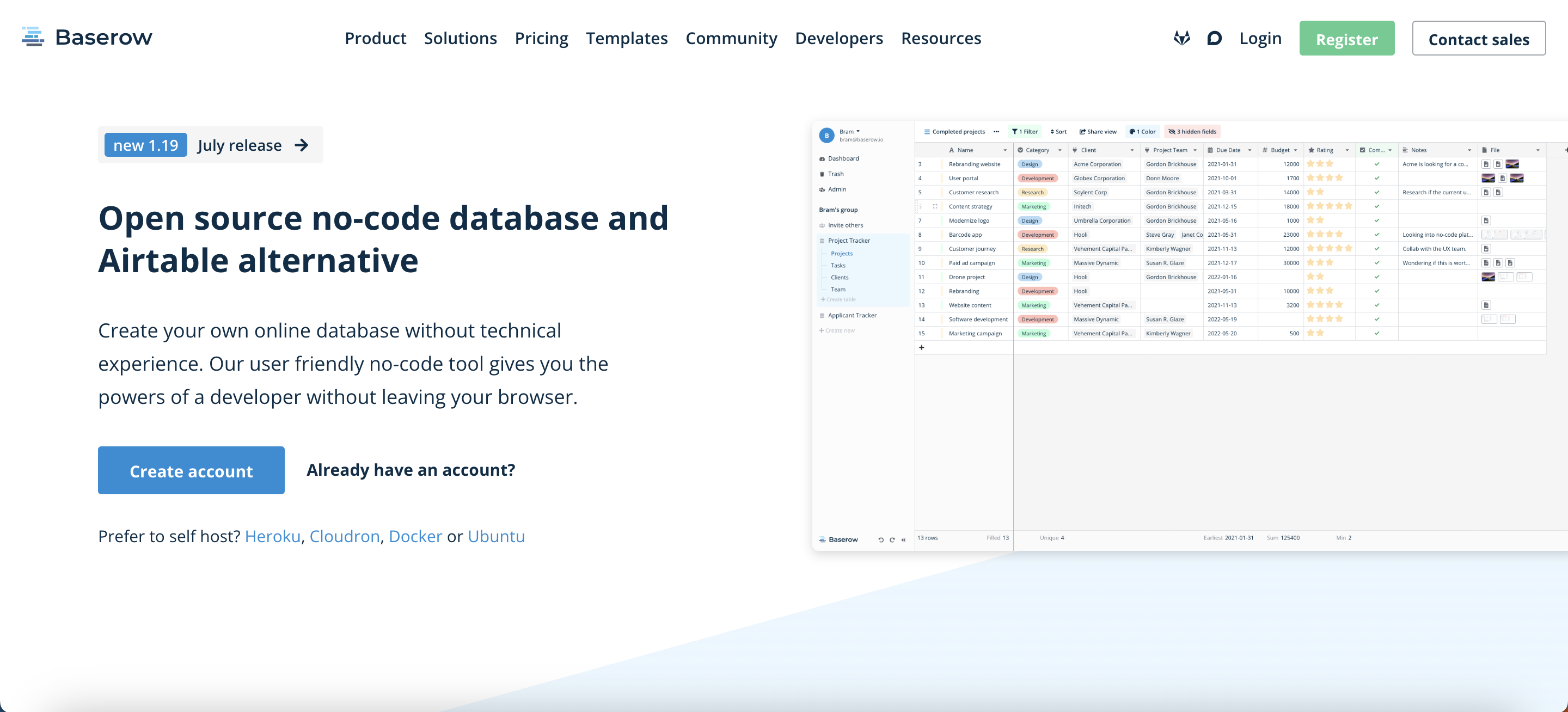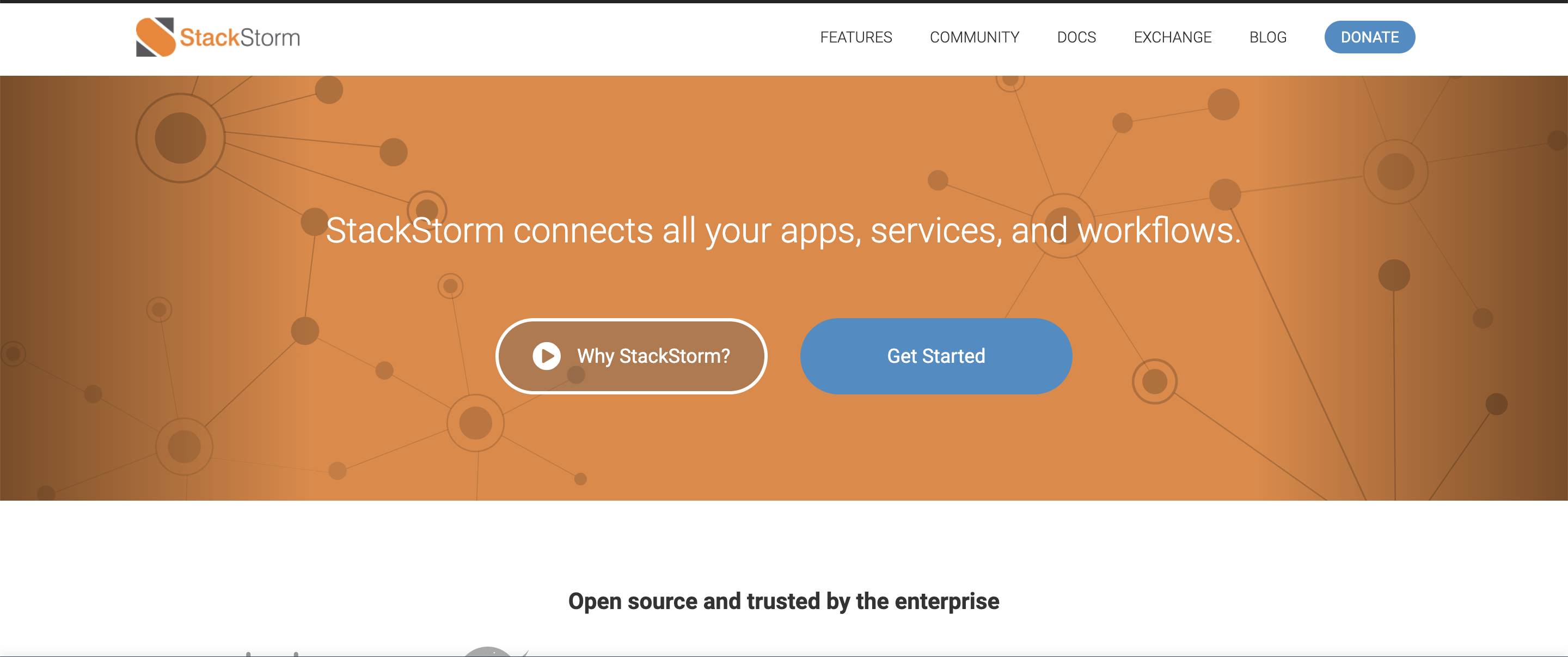In the fast-paced world of software development, the demand for efficient and streamlined app creation has led to the rise of Low-Code platforms. These innovative solutions empower businesses to develop applications with reduced manual coding, allowing for faster deployment and enhanced agility. In 2023, the landscape of open-source Low-Code platforms in the US has expanded, offering a range of choices for developers and businesses alike. This article delves into some of the best open-source Low-Code platforms available, highlighting their features and advantages. Whether you’re a small business aiming to optimize operations or an enterprise seeking rapid application development, these platforms offer versatile tools to cater to various needs in the dynamic technological landscape of the United States.
What is the significance of open-source Low-Code platforms, and how do they operate?
Open-source Low-Code platforms are revolutionary tools that facilitate application development with minimal manual coding, using visual interfaces and pre-built components. By abstracting complex coding processes, they offer drag-and-drop interfaces, templates, and reusable modules, accelerating development and making it accessible to diverse users. These platforms merge open-source flexibility with low code efficiency, enabling customization while leveraging pre-built features to reduce development time and foster collaboration between technical and non-technical teams. This approach promotes innovation by allowing developers to focus on higher-level functionalities. As businesses strive to swiftly meet market demands, open-source Low-Code platforms have gained prominence for their ability to expedite development and deliver effective solutions.
Open-source low-code platforms seamlessly merge two potent domains: the efficiency of low-code development and the collaborative potential inherent in open-source software. These platforms provide a distinct framework for constructing applications by streamlining intricate coding tasks, thereby enabling a broader spectrum of individuals – even those with limited coding exposure – to actively partake in the development process. Simultaneously, the open-source nature ensures that the underlying codebase remains accessible, transparent, and amenable to community scrutiny, resulting in augmented security measures, catalyzed innovation, and a thriving community of contributors.
Cost-Effectiveness:
Open-source platforms are often free to use, eliminating the need for expensive licensing fees. This can significantly reduce the overall development cost, making it a cost-effective option for businesses and individuals with limited budgets.
Customization:
Open-source low-code platforms provide the flexibility to customize and extend the platform according to specific project requirements. Developers can access the source code and modify it to create tailored solutions that meet unique business needs.
Community Support:
Open-source projects usually have active communities of developers, contributors, and users. This means there is a wealth of knowledge available through forums, discussions, and online resources, providing assistance, troubleshooting, and best practices.
Rapid Development:
Low-code platforms, whether open-source or not, are designed to accelerate application development by abstracting complex coding tasks. Open-source low-code platforms further expedite development by providing pre-built components and templates that can be easily customized.
Reduced Learning Curve:
Open-source low-code platforms are designed to simplify the development process, making it accessible to a wider range of users, including those with limited programming experience. This reduced learning curve allows business users to contribute directly to application development.
Vendor Independence:
By using an open-source solution, organizations are not tied to a specific vendor’s ecosystem. This reduces the risk of vendor lock-in and provides the freedom to migrate or adapt the solution as needed without constraints.
A Compilation of the Finest Open-Source Low-Code Platforms for Enterprise-Level Businesses
1.GeekyAnts
GeekyAnts pioneers innovative development with its open-source low-code platform, merging visual design and efficient coding. Their flagship “BuilderX” embodies low-code principles, enabling intuitive design for intricate user experiences. Focused on collaboration, the platform accelerates agile development, helping businesses efficiently realize their app-building ambitions. Key features include:
Drag-and-Drop Components:
The platform provides a library of pre-built components that can be easily dragged and dropped onto the design canvas.
Real-Time Preview:
BuilderX offers a real-time preview of the designed interface across multiple devices and screen sizes.
Code Generation:
While focusing on low-code principles, GeekyAnts’ platform also generates clean and optimized code in the background.
Custom Component Creation:
Users can create their own custom components within the platform.
2. NocoBase
NocoBase, at its core, is a dynamic and versatile open-source platform designed to streamline structured data management with exceptional ease and efficiency. Rooted in a user-friendly interface, NocoBase empowers users to navigate the complexities of data organization and manipulation, all while offering a realm of customization to align with diverse business processes.NocoBase provides:
Structured Data Management:
Efficiently manage structured data using a user-friendly interface.Customization:
Highly customizable to adapt to your specific business processes.Collaboration:
Facilitates team collaboration and workflow management.Real-time Updates:
Supports real-time data updates and synchronization.
3. Baserow
Baserow is a platform that offers low-code development capabilities, allowing users to create custom web applications without having to write extensive code. It helps individuals and organizations streamline their app development processes by providing a visual interface to design and configure various elements of an application.
Key Features:
Visual Interface:
Baserow offers drag-and-drop creation of app components like fields, forms, tables, and views.Database:
The platform’s core is a customizable database where you create tables and fields for data storage.Configuration:
Use the visual interface to arrange data display, element interactions, and user interfaces.Logic and Automation:
Baserow provides basic logic and automation tools, such as workflows, triggers, and user-triggered actions.
4. StackStorm
StackStorm, now known as “StackStorm by Extreme Networks,” is an open-source automation platform that enables organizations to integrate, automate, and manage their IT operations and DevOps workflows. It helps in orchestrating complex tasks and processes by providing a framework to create and execute automated workflows based on predefined rules and triggers.Here are some key features and concepts associated with StackStorm:
Rules and Triggers:
StackStorm operates on the concept of rules and triggers. A trigger is an event that occurs in the environment, such as a server going down or a new code commit being made.Actions:
Actions are the individual steps or tasks that need to be performed as part of a workflow.Workflows:
Workflows are a sequence of actions that are executed in a specific order to achieve a desired outcome.Integration Packs:
StackStorm offers integration packs that provide pre-built action definitions and workflows for various tools, services, and technologies.Web UI and CLI:
StackStorm provides a web-based user interface that allows users to create, manage, and visualize workflows.
5. Convertigo
Convertigo is a versatile platform for developing and managing enterprise mobile and web apps. It specializes in seamless user experiences by connecting systems, data sources, and services across devices. With features like backend integration and rapid development, it’s ideal for efficient cross-platform app creation. Some of the key features and components of Convertigo include:
Mobile Backend as a Service (MBaaS):
Convertigo offers a mobile backend service that helps developers manage user authentication, data storage, push notifications, and other backend-related tasks for their mobile applications.Enterprise Mobility:
Convertigo facilitates the development of enterprise mobility solutions, allowing businesses to connect their internal systems (such as databases, ERPs, CRMs) to mobile applications, enabling employees to access relevant information on the go.Cross-Platform Development:
Developers can create applications for various platforms (iOS, Android, web) using a single codebase, which can lead to faster development cycles and reduced maintenance efforts.Data Synchronization:
Convertigo supports data synchronization between mobile devices and backend systems, ensuring that users have access to the latest information even when offline. Once connectivity is restored, the app synchronizes any changes made while offline.Integration:
Convertigo facilitates the integration of different data sources and services, making it easier to connect existing systems and databases with new applications.
6. Budibase
Budibase is an open-source low-code platform that’s worth consideringBudibase is an open-source low-code platform that’s worth considering for enterprise-level businesses. Budibase aims to simplify the application development process by offering a visual interface that allows users to create and deploy web applications without extensive coding knowledge. Key features of Budibase include:
Visual Interface:
Drag-and-drop design for both developers and non-developers to create complex applications.Customization:
Highly customizable user interface for applications tailored to your business needs.Database Management:
Tools for easy database creation, management, and integration.Deployment:
Direct deployment from the platform for a seamless transition to production.
Why Should You Consider Open Source No-Code Platforms?
Consideration of open-source no-code platforms can yield a range of compelling advantages for various stakeholders. These platforms, which are freely accessible, provide a high degree of customizability, allowing developers to tailor solutions to their precise needs by modifying source code and incorporating new features. The collaborative nature of open source encourages community participation, fostering a dynamic environment where developers contribute enhancements, components, and support. This approach not only bolsters the platform’s capabilities but also cultivates a sense of transparency, as users can inspect the codebase for security and operational insights. Additionally, the flexibility to deploy these platforms on personal servers enhances control over data and security, while avoiding vendor lock-in, a concern with proprietary alternatives. Open source promotes skill development, rapid prototyping, and ethical alignment with knowledge-sharing principles, ultimately nurturing innovation and inclusivity within the tech landscape.


























